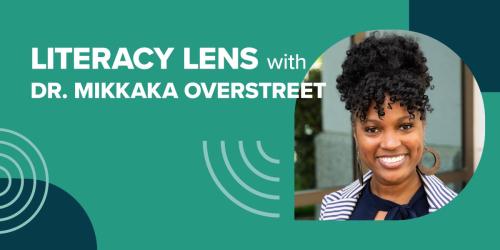If You Read Only One Education Book This Summer

If you are an educator, you are probably a few weeks into a well-deserved summer vacation. Right now, reading books about education is probably lower on your to-do list than waking up late, spending time with family and friends, going to a barbeque or reading that suspense or romance novel you didn’t have time to read during the school year.
But since you are an educator, I predict that there will come a time later this summer when your mind will turn back to school. Mentally, you will start preparing for another challenging but rewarding year of changing kids’ lives for the better.
At that point, you may ask yourself: How do I do better next year? Where can I find inspiration or concrete ideas for improvement?
During the past few years, several important books about education have been published that have illuminated the challenges of providing all students with great educational opportunities.
For example, education professors Greg Duncan and Richard Murnane published “Restoring Opportunity: The Crisis of Inequality and the Challenge for American Education” in 2014. (I praised the book in an earlier blog post.)
The authors argue that “individual schools … are not in a position to design and implement effective strategies for educating disadvantaged children. The work is simply too difficult. To become more effective, high-poverty schools need strong systems of support tailored to their needs.”
More recently, public policy expert Robert D. Putnam wrote “Our Kids: The American Dream in Crisis,” which focuses on the growing inequality in America and its consequences. Putnam writes that “even if schools didn’t cause the opportunity gap—and there’s little evidence they have—they might well be a prime place to fix it.”
Both books are terrific, and I highly recommend them. However, they are written by social scientists and reflect a scholarly approach to the issues of inequality, opportunity and education’s role in supporting the success of all students; the authors offer a 30,000-foot view of what we must do to improve kids’ lives.
My nomination for the one book about education you should read this summer is “Wildflowers.”
Written by Jonathan P. Raymond, the former superintendent of Sacramento City Unified School District, “Wildflowers” touches on many of the same themes as the other two books, but it takes a ground-level view—where most educators spend their lives.
This brief, insistent and engaging book tells the story of how Raymond applied a “whole child” view to every decision and action in the district. He describes the challenge this way:
I was curious whether we could bring whole-scale improvement to an urban, capital city school district through two objectives: continuous improvement and collaboration, and decision-making from the perspective of what is best for the children. Indeed, our school district credo became “Putting Children First.” Easy words to say, for sure, but could we actually live by this in everything we did?
In the book, Raymond describes how the district turned “Putting Children First” into practice. For example, younger students learned about science and nutrition through organic gardening, and older students discovered leadership by participating in training with Navy SEALs.
You also read about how the district partnered with families and the community to provide supports so that all students could thrive.
Some parts of “Wildflowers” may inspire you to do more and better; others may generate ideas about what you might do next year so that all children have opportunities to succeed.
I strongly believe in the book’s message of challenge and promise, and Education Northwest has teamed up with other nonprofits to publicize “Wildflowers” and make it widely available.
The subtitle of the book is “A School Superintendent’s Challenge to America”—and I challenge you to take a few hours this summer to read this important book.



